Have you ever noticed yellow spots on leaf or drying of its edges on your grapevines, especially during cool, damp mornings? And when you flip the leaf, have you observed any white or grayish powdery layer underneath? If yes, then your crop may be affected by a disease called Downy Mildew.
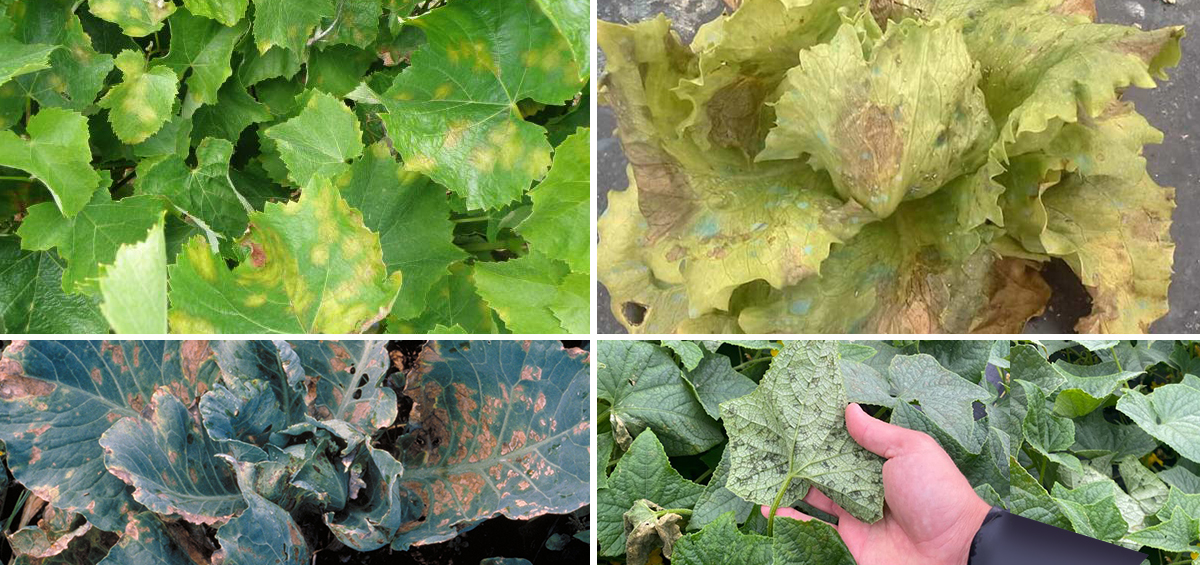
Downy mildew is a serious plant disease caused by oomycetes, a group of fungus-like organisms (Often referred as Water molds). It affects many crops by thriving in cool and moist conditions. The symptoms are mainly observed on the leaves but can also affect stems, flowers, and fruits, leading to major yield losses. The fungus causing the disease are usually host-specific (e.g., Plasmopara viticola in grapes, Peronospora destructor in onions). It a major threat in frequent rainfall or densely planted areas. Awareness and early intervention is crucial for sustainable farming.
| Crop | Causal Organism | Characteristics |
|---|---|---|
| Grapevine | Plasmopara viticola | Destructive in warm and humid conditions |
| Onion, Shallot, Garlic | Peronospora destructor | Severe in cool, moist weather with high humidity |
| (Cucurbits) Cucumber, Melon, Pumpkin, Squash, Gourds | Pseudoperonospora cubensis | Rapid spreading, devastating if unchecked |
| (Crucifers)Cabbage, Cauliflower, Mustard | Hyaloperonospora brassicae (Peronospora parasitica) | Affects seedlings and mature plants. |
| Lettuce | Bremia lactucae | Severe defoliation observed |
| Sunflower | Plasmopara halstedii | Systemic infection with stunting. |
| Tobacco | Peronospora hyoscyami f.sp. tabacina | Also called Blue mold |
| Sorghum | Peronosclerospora sorghi | Systemic, seed and soil-borne |
| Pearl millet (Bajra) | Sclerospora graminicola | Also called Green ear, common in wet seasons |
| Maize (Corn) | Peronosclerospora maydis, P. philippinensis | Causes systemic infection |
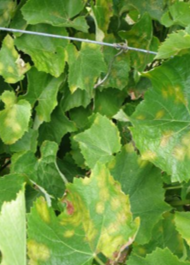
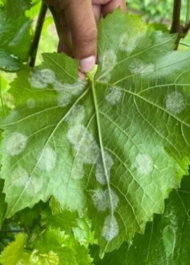
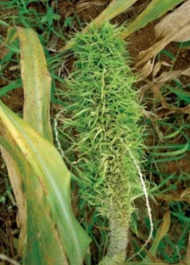
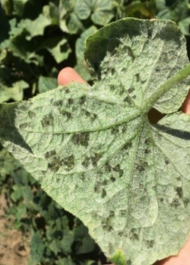
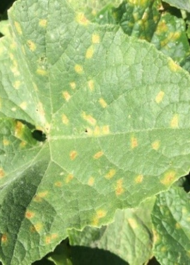
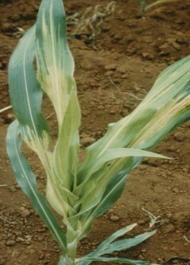
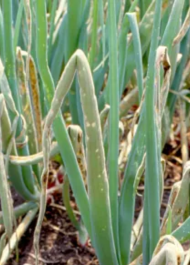
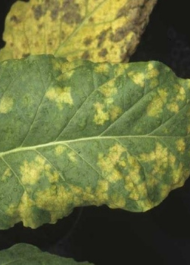
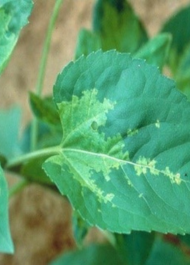
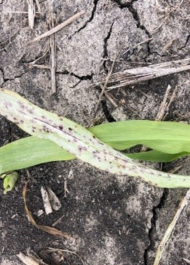
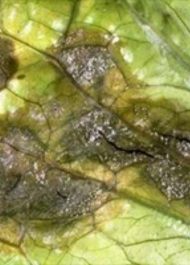
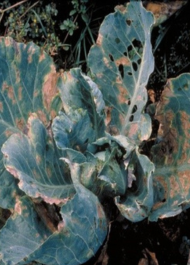
| Crop | Specific Symptoms |
|---|---|
| Grapes | Yellow spots on leaves, white downy growth under leaf, fruit rot or shriveling |
| Cucurbits | Angular yellow spots, grayish mold on leaf underside, fruit cracking or rotting |
| Onion | Elongated, pale streaks on leaves, leaf bending or collapse, white downy layer |
| Mustard & Cabbage | Leaf yellowing, purplish mold underside, reduced head/seed formation |
| Sunflower | Pale leaf spots, systemic stunting, thick mold on lower leaf surface |
| Sorghum/Millet | Chlorotic stripes, systemic stunting, white sporangial growth |
Downy mildew pathogens go through a polycyclic life cycle, i.e they complete several cycles in a single growing season under favorable conditions. The life cycle involves both asexual and sexual reproduction, ensuring survival and spread.
The pathogen survives between seasons as oospores or mycelium in infected debris, seeds, tubers, soil, or on alternate hosts, enduring harsh conditions like drought or winter.
Under high humidity, moderate temperatures (15–25°C) and leaf wetness, the oospores germinate to produce sporangia, which either form germ tubes or release motile zoospores in water, with rain, dew, or irrigation water aiding their dispersal.
Zoospores or germ tubes land on a susceptible plant and enter mainly through stomata or wounds, then grow between plant cells and form haustoria to extract nutrients. Once inside, it grows intercellularly (between plant cells), forming haustoria—structures that extract nutrients from plant cells.
The pathogen multiplies within host tissue, causing yellow or pale green spots on upper leaves and white to purplish downy growth underneath, leading to necrotic leaf tissue and rapid disease spread.
Sporangia on infected leaves are dispersed by wind, rain splash, insects, or tools, infecting new plants and repeating the cycle multiple times in a season, often leading to epidemics in wet weather.
Toward the end of the season, the pathogen undergoes sexual reproduction to form durable oospores that fall to the soil or remain in plant debris, surviving until the next season.
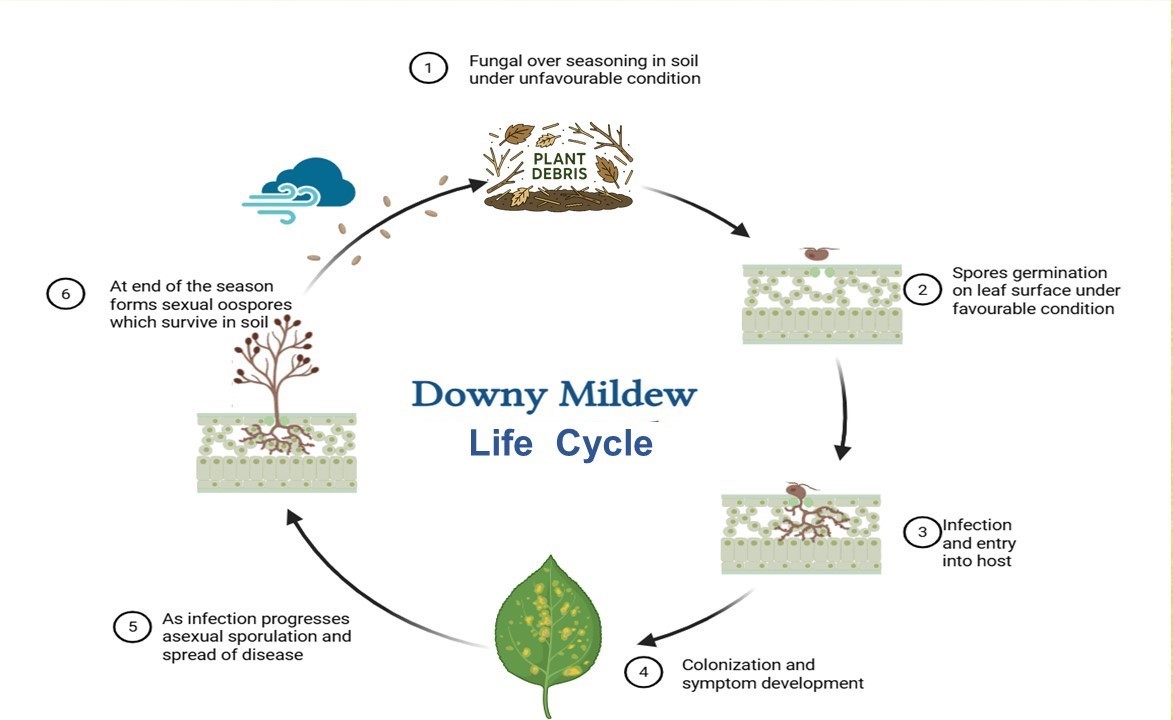
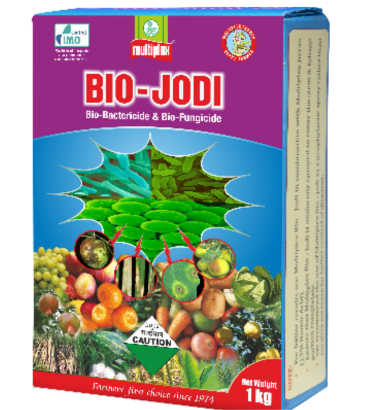
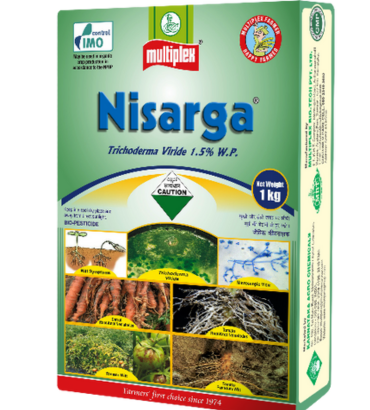
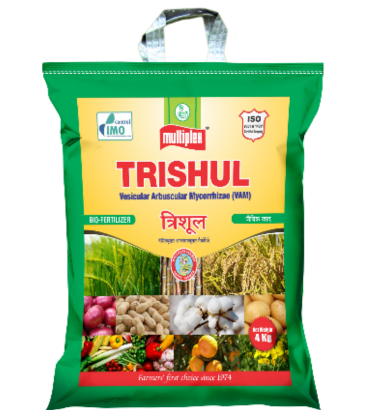
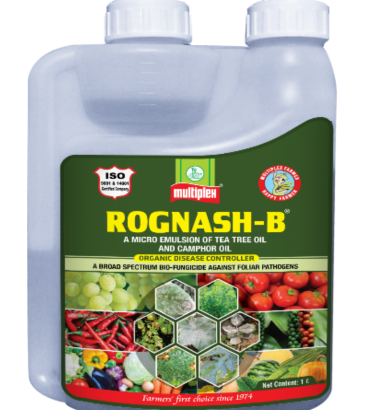
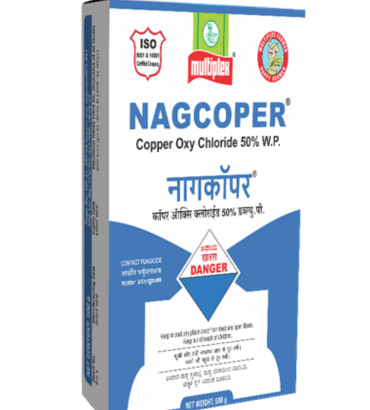
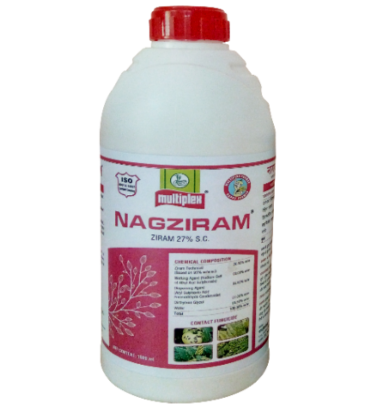
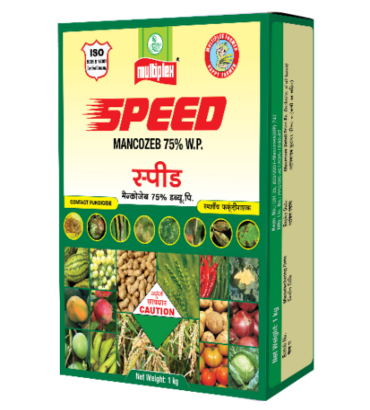
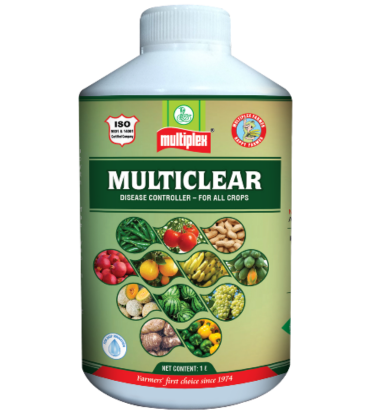
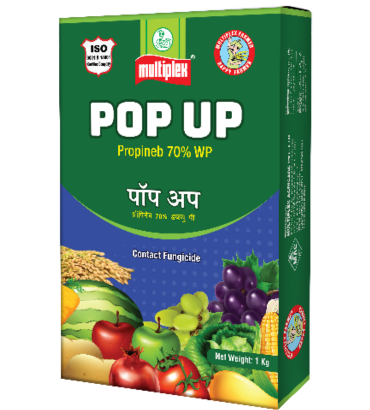
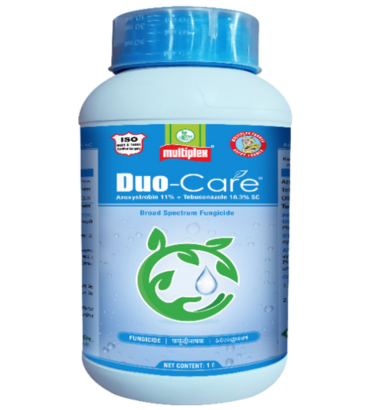
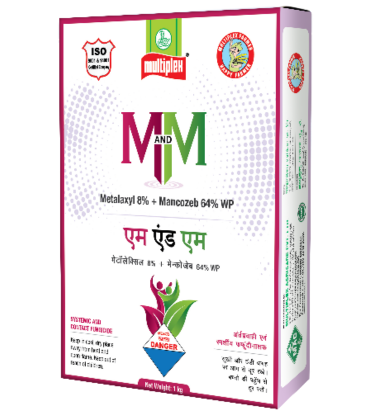
Effective management of downy mildew involves a combination of cultural practices, biological approaches, and chemical treatments. Timely detection, awareness of weather patterns, and preventive actions are essential for healthy crops and better yields. With the right integrated disease management strategy, farmers can effectively protect their crops and enhance overall productivity.